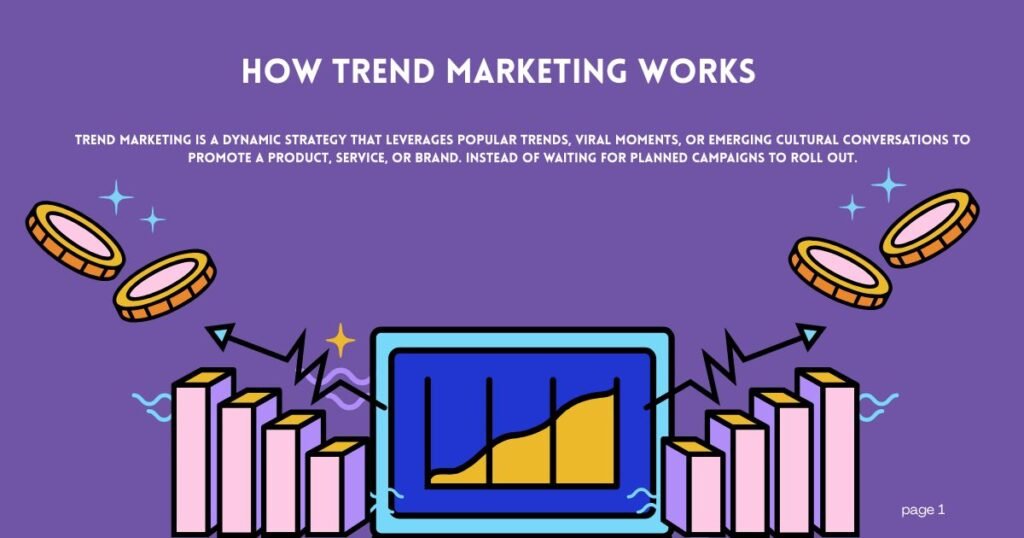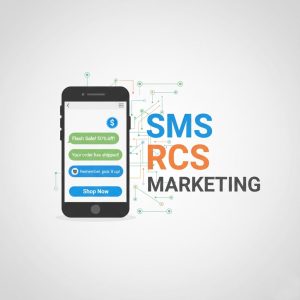Guide to Programmatic Advertising in Streaming: Everything Marketers Need to Know

Why Streaming Is the Future of Programmatic Ads
With the massive shift from traditional TV to digital platforms, streaming media has become a dominant channel for reaching highly engaged audiences. Consumers are increasingly turning to OTT (Over-the-Top) services like Netflix, Hulu, Roku, and YouTube, while marketers are adapting by embracing programmatic advertising in streaming.
This transformation offers brands the power to deliver automated, hyper-targeted ads through Connected TV (CTV) and other digital environments. But to succeed, you need to understand how the system works — from real-time bidding to audience segmentation and platform selection.
This guide covers everything marketers need to know about programmatic advertising in streaming, including benefits, challenges, tools, and strategic best practices.
What is Programmatic Advertising in Streaming?
Programmatic advertising refers to the use of software and automated systems to buy and place digital ads. When applied to streaming platforms, it enables brands to serve targeted video or display ads across OTT apps and Connected TV (CTV) environments in real-time.
Key Components:
-
Automated Ad Buying: Real-time bidding (RTB) replaces manual insertion orders.
-
Audience Targeting: Leverages user behavior, interests, and demographics.
-
Cross-Device Reach: Delivers ads across TVs, mobile, tablets, and desktops.
Programmatic streaming ads can appear before, during, or after content — known as pre-roll, mid-roll, and post-roll placements.
How Programmatic Advertising Works in the Streaming Ecosystem
Understanding how programmatic ads flow in streaming environments is critical. Here’s a simplified breakdown:
1. Demand-Side Platform (DSP)
Marketers use a DSP to define their campaign parameters — targeting, budget, creatives, and goals. Examples include The Trade Desk, Google Display & Video 360, and MediaMath.
2. Supply-Side Platform (SSP)
Content owners or publishers list their available ad inventory through an SSP, like Magnite or PubMatic.
3. Ad Exchange & Auction
When a user begins streaming content, an ad request is sent. The exchange conducts a real-time auction between advertisers.
4. Winning Bid & Ad Delivery
The highest bidder wins the spot, and their ad is delivered instantly to the viewer via the streaming platform.
5. Measurement & Optimization
Performance metrics (completion rates, impressions, conversions) are tracked for future optimization.
Benefits of Programmatic Advertising in Streaming
Precision Audience Targeting
With first-party and third-party data, brands can reach very specific audience segments based on:
-
Viewing behavior
-
Purchase history
-
Device usage
-
Geographic location
⚙️ Automation & Scale
No more slow manual ad buys. Programmatic allows for real-time bidding and ad delivery at scale — across multiple platforms and devices.
Enhanced Performance Tracking
Advanced analytics dashboards provide deep insights into ad effectiveness, engagement rates, and ROI.
Contextual & Behavioral Targeting
AI and machine learning allow for contextual ad delivery, ensuring your message appears at the right moment, within relevant .
Content environments Streaming Platforms Supporting Programmatic Ads
Programmatic advertising isn’t limited to display networks. Many major streaming and OTT platforms are fully integrated with programmatic ad exchanges.
1. YouTube
Supports programmatic via Google DV360; perfect for video-heavy campaigns.
2. Hulu
Offers private marketplaces (PMPs) and curated ad opportunities.
3. Roku
Uses its OneView DSP to deliver highly targeted, household-level streaming ads.
4. Peacock & Paramount+
Provide access through major SSPs and ad exchanges for programmatic buyers.
5. Amazon Freevee & Fire TV
Leverage Amazon massive shopper data for enhanced targeting on streaming content.
Types of Programmatic Ads in Streaming
Connected TV (CTV) Ads
Ads delivered through Smart TVs or connected devices like Roku, Apple TV, and Amazon Fire Stick.
OTT Ads
Streamed on mobile phones, tablets, or desktops through apps and browsers (e.g., Pluto TV, Tubi).
Dynamic Video Ads
Ads dynamically customized based on user data (e.g., name, location, behavior) for ultra-personalized delivery.
Skippable vs. Non-Skippable Video Ads
Select based on the viewer’s attention span and campaign goals — awareness vs. direct response.
Challenges in Programmatic Streaming Advertising
❌ Fragmentation
The streaming ecosystem is fragmented across platforms and devices, making it harder to unify measurement and frequency.
❌ Ad Fraud & Viewability
Just like display advertising, CTV can be vulnerable to fake traffic or bots if you don’t partner with reputable exchanges.
❌ Privacy Regulations
GDPR, CCPA, and other laws restrict how you collect and use data. Ensure your partners are privacy-compliant.
❌ High CPMs on Premium Inventory
Top-tier OTT content often commands higher CPMs due to limited ad slots and engaged audiences.
How to Launch a Programmatic Streaming Campaign
Step 1: Choose a Reliable DSP
Pick a DSP with access to premium streaming inventory, advanced targeting features, and transparent reporting.
Step 2: Define Your Audience
Use 1st and 3rd-party data to build custom segments:
-
Demographics
-
Interests
-
Device type
-
Geography
Step 3: Create Video Ad Assets
Prepare multiple ad formats (15s, 30s, 60s) for A/B testing. Make sure:
-
Branding appears early
-
Messaging is concise
-
Subtitles are available (for mobile viewers)
Step 4: Set Budget & Bidding Strategy
Choose between CPM (cost per mille) or CPV (cost per view) models based on your goals.
Step 5: Monitor, Analyze & Optimize
Track metrics like:
-
Completion rate
-
Viewability
-
Frequency
-
Conversion rate
Use this data to adjust targeting, creative, or bidding in real time.
Future of Programmatic Advertising in Streaming
The programmatic landscape is evolving rapidly, and staying ahead requires awareness of key trends:
AI-Powered Ad Personalization
Machine learning will enhance contextual relevance and predictive targeting.
Cross-Platform Retargeting
Soon, viewers can be retargeted across TV, desktop, and mobile seamlessly, boosting campaign consistency.
Unified Measurement Standards
Industry efforts like Open Measurement SDK and Nielsen One are working to provide standardized metrics across OTT and CTV.
Privacy-First Targeting
More platforms will offer contextual targeting and clean room environments to comply with evolving data privacy laws.
Final Thoughts: Mastering Programmatic Streaming Advertising
The rise of streaming has opened up an exciting new frontier for digital advertisers. With programmatic advertising, brands can harness automation, data, and personalization to reach high-value audiences where they’re most engaged — streaming marketing.
By understanding how programmatic streaming works and executing with the right tools, partners, and creatives, you can drive measurable results and scale your campaigns like never before.
Now is the time to evolve your ad strategy. The future of TV is streaming — and the future of streaming is programmatic.






